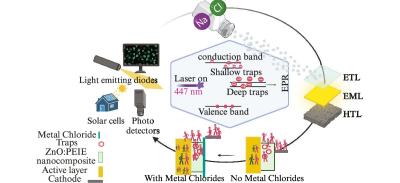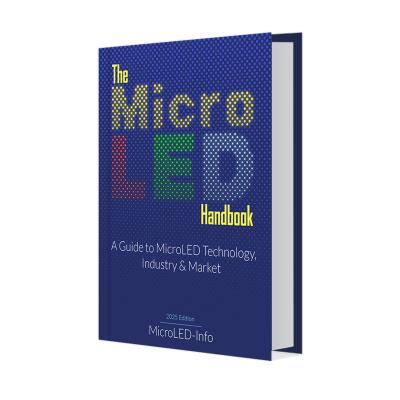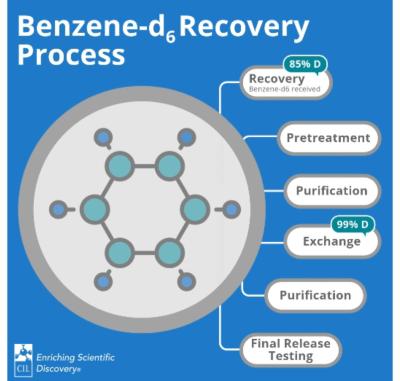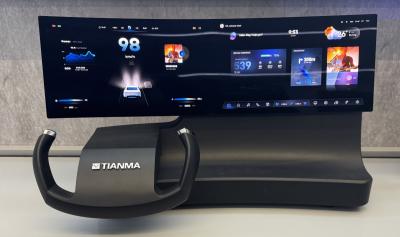Researchers discover that adding an interface layer at the EIL of OLED devices can improve the efficiency
Researchers from Hasselt University, led by Prof. Wim Deferme, have discovered that adding an interface layer at the electron injection layer (EIL) can improve the efficiency of OLED devices. The researchers explain that the materials improve the mobility of electrons towards the recombination layer, and so enhance the efficiency of he light emission. Metal chlorides lead up to an increase of 50% in efficiency as compared to device stacks without the interface layer.
The researchers tested several materials, including RbCl, CsCl, NaCl, and KCl as interfacial layers in OLED architectures, and has seen that these led to a substantial reduction in the potential energy barrier between the electron injection layer (EIL) and the aluminum (Al) electrode, accompanied by significant enhancements in irradiance. These enhancements in the performance of the OLEDs include a lower turn-on voltage (almost 50% reduction by addition of the RbCl layer), a higher electroluminescence intensity (25% higher than the reference device for the RbCl-based OLED), improved current density, enhanced operational stability compared to the reference devices, and enhanced external quantum efficiency (EQE) (20% higher for NaCl-based OLED).









